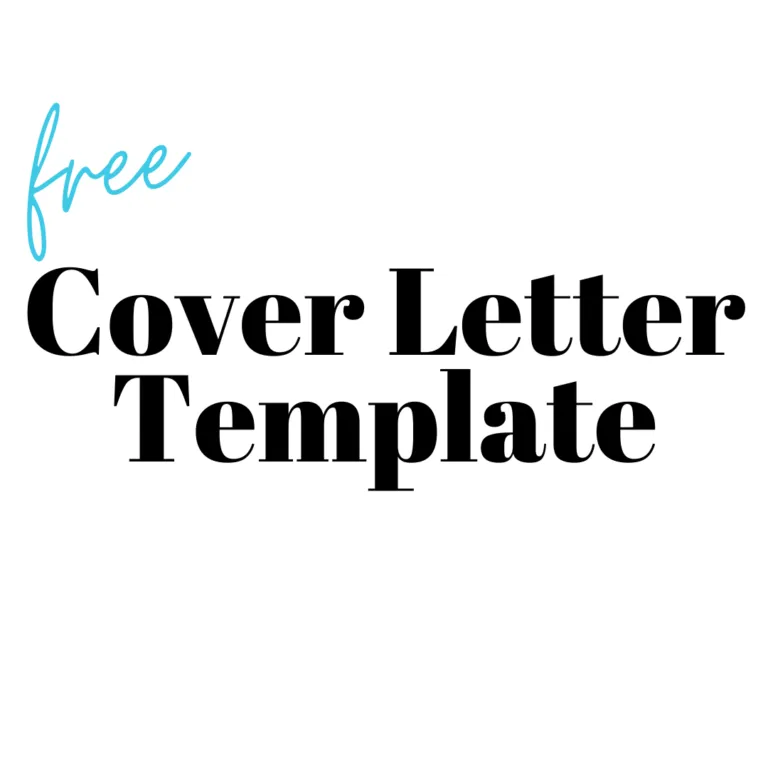Crafting a Compelling Cover Letter
A cover letter is your first chance to make a positive impression on a potential employer. It’s a crucial document that accompanies your resume and provides an opportunity to showcase your personality, skills, and enthusiasm for the position. A well-crafted cover letter can significantly increase your chances of landing an interview. It should be tailored to each specific job you apply for and highlight why you are the perfect fit. Don’t treat it as a mere formality; consider it as a marketing tool that sells your abilities and experiences. Remember, a generic cover letter is easily spotted and often discarded. Your goal is to capture the reader’s attention from the start and make them want to learn more about you.
Highlighting Your Key Skills
Identify the skills most relevant to the job description. Don’t just list your skills; demonstrate how you’ve applied them in previous roles. Use specific examples to showcase your abilities. Use the job description to identify the key skills the employer is seeking. Carefully review the job requirements and pinpoint the skills that align with your experience. When describing your skills, provide concrete examples of how you have utilized them to achieve positive results. For instance, if the job requires strong communication skills, describe a situation where you successfully conveyed complex information to a diverse audience or mediated a conflict. This approach brings your skills to life and makes your application more memorable.
Quantifying Your Achievements
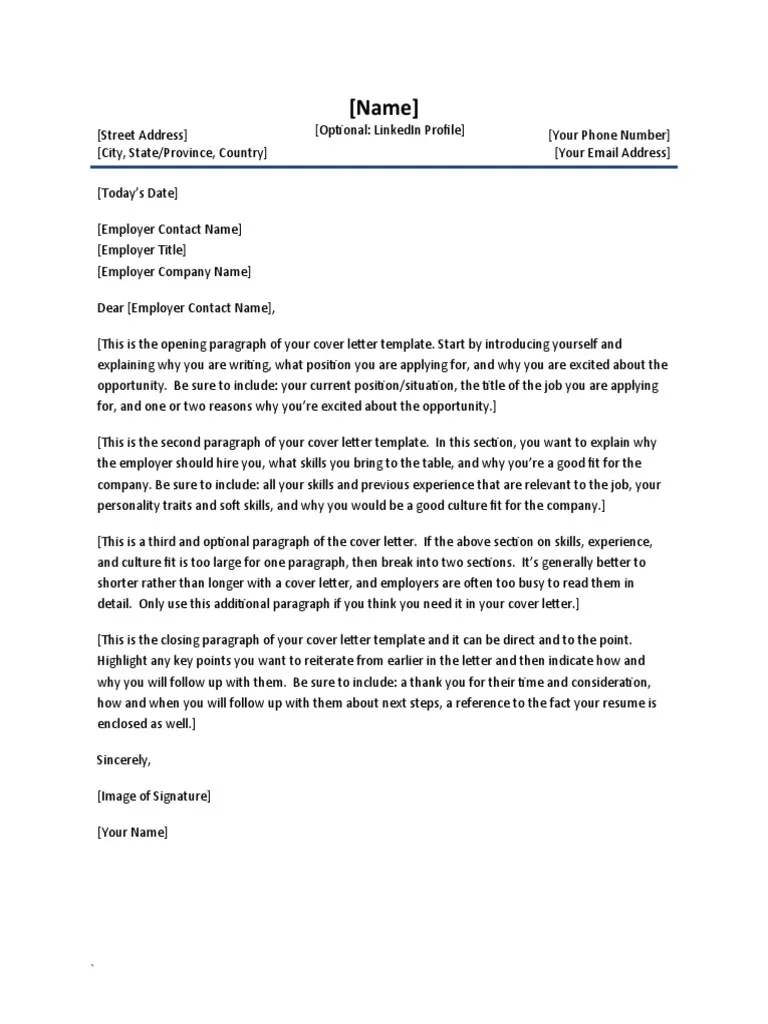
Whenever possible, quantify your achievements to demonstrate your impact. Using numbers and data provides concrete evidence of your accomplishments. Use metrics to demonstrate the value you brought to previous employers. For instance, instead of saying ‘Improved sales,’ state ‘Increased sales by 15% in one quarter.’ Quantifying your achievements makes your cover letter more compelling and shows your potential employer the tangible results you’re capable of achieving. When quantifying your accomplishments, be sure to use accurate and verifiable data. If possible, include statistics that demonstrate your contributions to previous employers. This approach will make your accomplishments more credible and persuasive.
Tailoring Your Letter to the Job
Avoid using a generic cover letter. Customize each letter to the specific job and company. Research the company’s mission, values, and culture to show your interest. The more personalized your letter is, the more likely it is to resonate with the hiring manager. This demonstrates that you’ve taken the time to understand the role and the organization. This personalization signals your genuine interest and can significantly boost your application. Take the time to understand the company’s mission, values, and recent activities. Mentioning specific projects or initiatives related to the company can further personalize your cover letter. Always tailor your language and tone to match the company culture.
Researching the Company
Thoroughly research the company and the specific role. Understanding their needs and goals helps you tailor your letter effectively. Visit the company’s website, read news articles, and check their social media presence. Researching the company is crucial for understanding their values, culture, and current projects. This information allows you to align your cover letter with their specific requirements and demonstrate your genuine interest in the opportunity. Tailor your cover letter to match the company culture. Researching the company will also help you understand the specific skills and experience they are looking for, which allows you to highlight the relevant parts of your resume and cover letter.
Understanding the Job Description
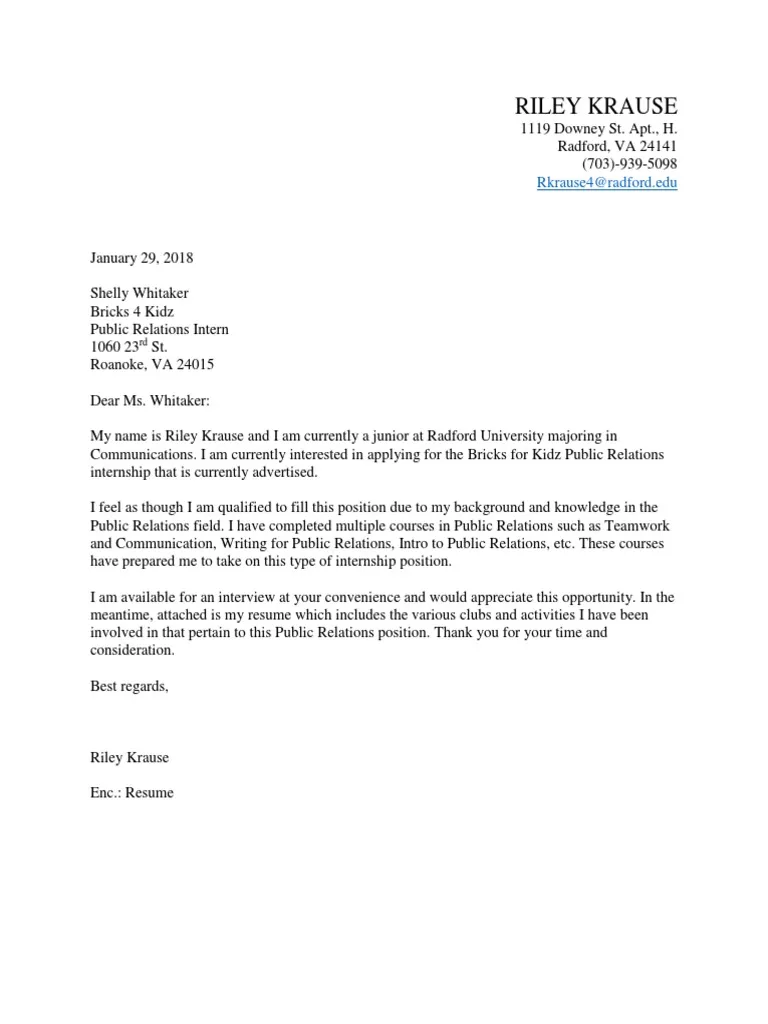
Carefully analyze the job description to identify the key requirements and desired skills. This will help you highlight the most relevant aspects of your experience. The job description is your roadmap for creating a compelling cover letter. Make sure to clearly identify the qualifications and requirements listed in the job description. Then, use the details to create a cover letter that demonstrates your alignment with these needs. Highlighting your skills and experience that closely match the job description’s requirements will significantly increase your chances of securing an interview. Ensure that your cover letter directly addresses the company’s needs and demonstrates how your skills and experience can help them achieve their goals.
Showcasing Your Personality
Let your personality shine through. While maintaining professionalism, infuse your letter with a bit of your unique style. This helps you stand out from other applicants. Showcasing your personality in your cover letter makes you memorable and helps the hiring manager understand who you are as a person. Use a tone that reflects your authentic self, but always maintain a professional demeanor. Share relevant personal anecdotes to make your application more engaging. When demonstrating your personality, avoid being overly casual. Your goal is to show that you are a good fit for the company culture. Keep your tone friendly and engaging, and demonstrate your enthusiasm for the role.
Using a Professional Tone
Maintain a professional tone throughout your cover letter. Avoid slang, jargon, or overly casual language. The tone should be professional and respectful. This demonstrates your attention to detail and your respect for the hiring process. Ensure your tone is consistent with the company culture. Maintain a level of formality that matches the industry standards. Using a professional tone indicates that you can communicate effectively in a business setting. A professional tone demonstrates that you can communicate effectively and understand workplace etiquette. Be sure to pay attention to grammar and spelling to further support your professional image.
Avoiding Common Mistakes
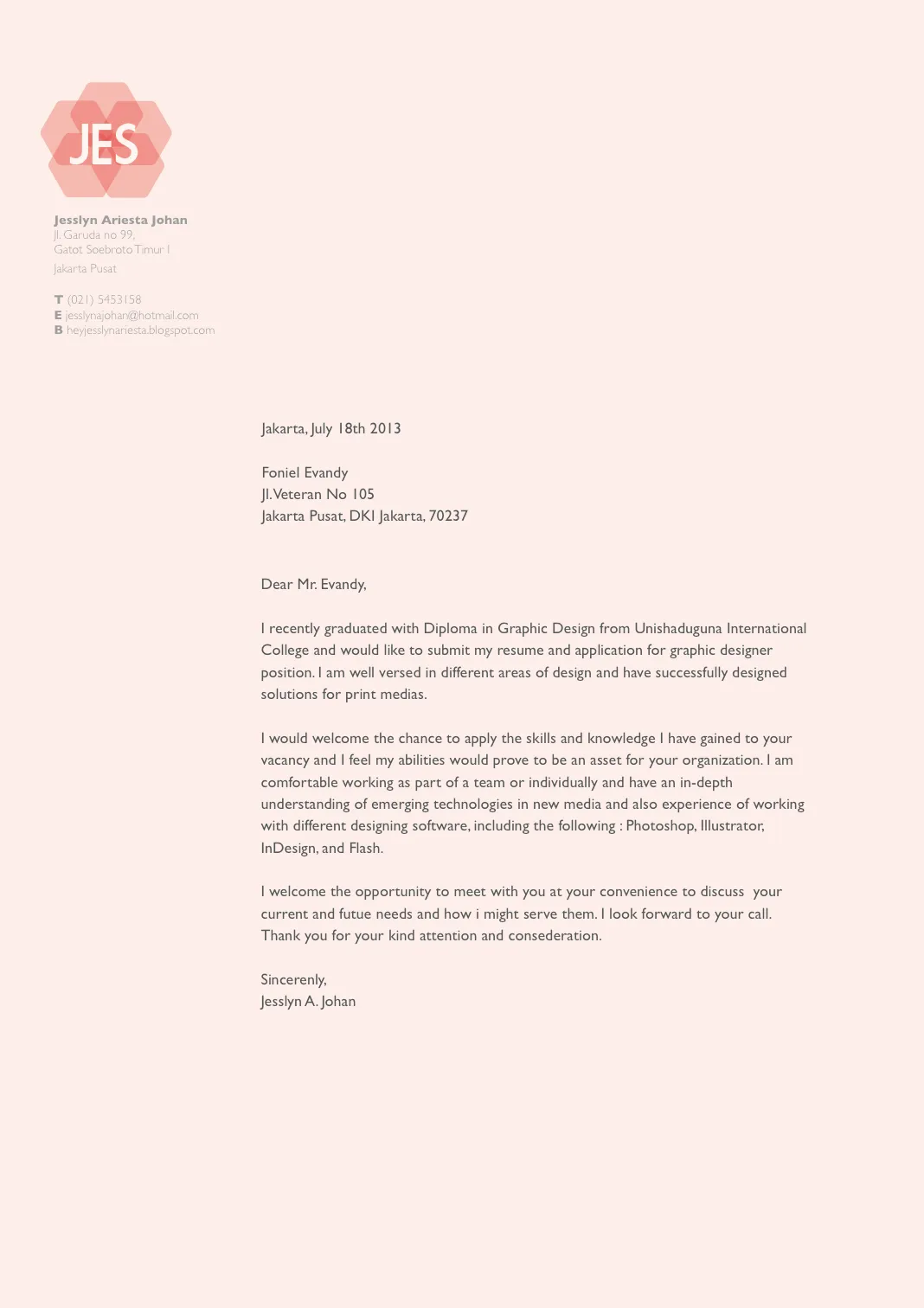
Be aware of common cover letter mistakes to avoid. Check for typos, grammatical errors, and generic phrases. Proofread your letter carefully. Avoid repeating information from your resume verbatim. Don’t make the mistake of simply restating your resume content in your cover letter. This wastes an opportunity to show your unique qualifications. Instead, focus on highlighting your key skills and accomplishments. Demonstrate how you have contributed to previous companies and showcase what you can bring to your potential employer. Be sure your letter is customized for each job. Avoid using generic phrases or clichés, as these can make your letter appear impersonal and uninspired.
Proofreading for Errors
Always proofread your cover letter multiple times. Errors can undermine your credibility and attention to detail. Ensure your cover letter is free of errors. Errors in a cover letter can create a negative impression and potentially eliminate you from consideration. Proofreading is essential, and using grammar and spell-checking tools is highly recommended. Proofread your cover letter carefully. Ask someone else to review your cover letter. Have a friend, family member, or career counselor proofread your cover letter. Fresh eyes can catch mistakes that you might miss, and they can also provide valuable feedback on the overall clarity and effectiveness of your writing. A well-proofread cover letter demonstrates your professionalism and attention to detail.
Keeping It Concise
Keep your cover letter concise and to the point. Aim for one page, highlighting the most relevant information. Ensure that your letter is easy to read and the most important information is immediately apparent. Keep your cover letter concise. Avoid including unnecessary details that can distract the hiring manager. You want to capture their attention quickly and make them interested in reading your resume. Maintain a focus on the most important skills and accomplishments that align with the job requirements. Remember, a concise cover letter shows that you respect the reader’s time and can communicate effectively.
Formatting Your Letter Effectively
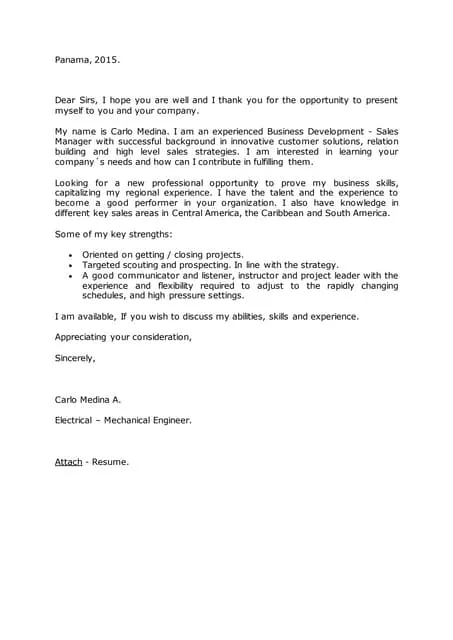
Use a professional and easy-to-read format. This improves the readability of your letter. Choose a clean, simple font. Use a consistent font style and size to ensure that the document is visually appealing and professional. Consistent formatting makes your cover letter easier to read and understand. It also demonstrates your attention to detail. Ensure your cover letter is easy to read. Use clear headings and subheadings. Use bullet points. Use appropriate spacing. Use short paragraphs. These strategies will make your cover letter easier to read and more engaging.
Choosing the Right Font
Select a professional font like Times New Roman, Arial, or Calibri. Make sure the font size is easy to read (typically 11 or 12 points). Choose a legible font for your cover letter. Avoid using fancy or overly decorative fonts that might distract the reader. Use a standard font size and style. Maintain consistency throughout your cover letter. Choosing the right font is crucial for readability and professional appearance. Select a font that’s easy on the eyes and complements your content.
Structuring Your Content
Organize your cover letter with a clear structure. Include an introduction, body paragraphs highlighting your skills, and a conclusion. Use paragraphs to structure your content logically. Start with an engaging introduction that grabs the reader’s attention. Follow with the body paragraphs where you highlight your skills, experiences, and achievements. End with a strong conclusion that reiterates your interest in the position. This structured approach makes your cover letter easy to follow. Make sure your cover letter has a clear structure. A well-structured letter enhances readability and ensures that the reader can easily understand your key qualifications.
Making a Strong Impression
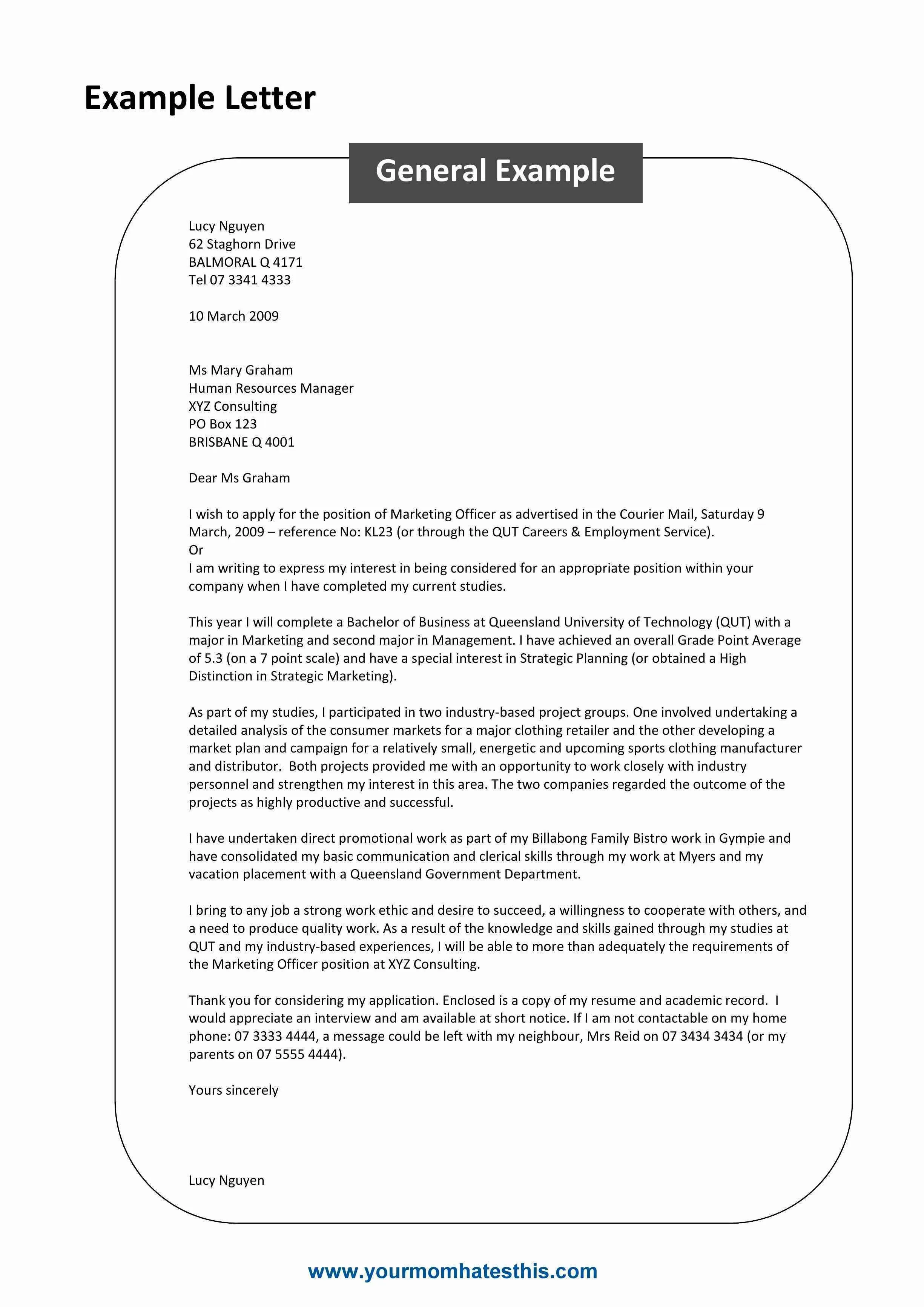
Your cover letter should leave a lasting impression on the hiring manager. Make sure to highlight your key skills and accomplishments. Make a strong impression. Demonstrate your value. Use language that reflects your unique value proposition. Be sure to tailor your cover letter to each job. Demonstrate your enthusiasm for the role and the company. A strong cover letter will demonstrate your skills and experiences. This will encourage the hiring manager to review your resume and consider your application more thoroughly. Proofread your cover letter for errors.
Ending with a Call to Action
End your cover letter with a call to action. Invite the reader to contact you for an interview or to discuss your qualifications further. The call to action provides a direct and positive way for the hiring manager to take the next step. Include a call to action. This could be as simple as suggesting a meeting or interview. Include a call to action. This increases your chances of moving forward in the hiring process. Reiterate your enthusiasm for the position. Make sure you are available for an interview. A call to action is a clear and direct way to encourage the hiring manager to move your application forward.
Expressing Enthusiasm
Show genuine enthusiasm for the position and the company. This can make a significant difference in the hiring manager’s perception of you. Use your closing paragraph to express your enthusiasm. This is an effective way to show your excitement about the opportunity. Expressing enthusiasm makes a significant difference. This increases the hiring manager’s perception of you. Use positive and energetic language to convey your excitement and interest in the role. Express your enthusiasm for the role and the company, and you can make a strong impression on the hiring manager.
